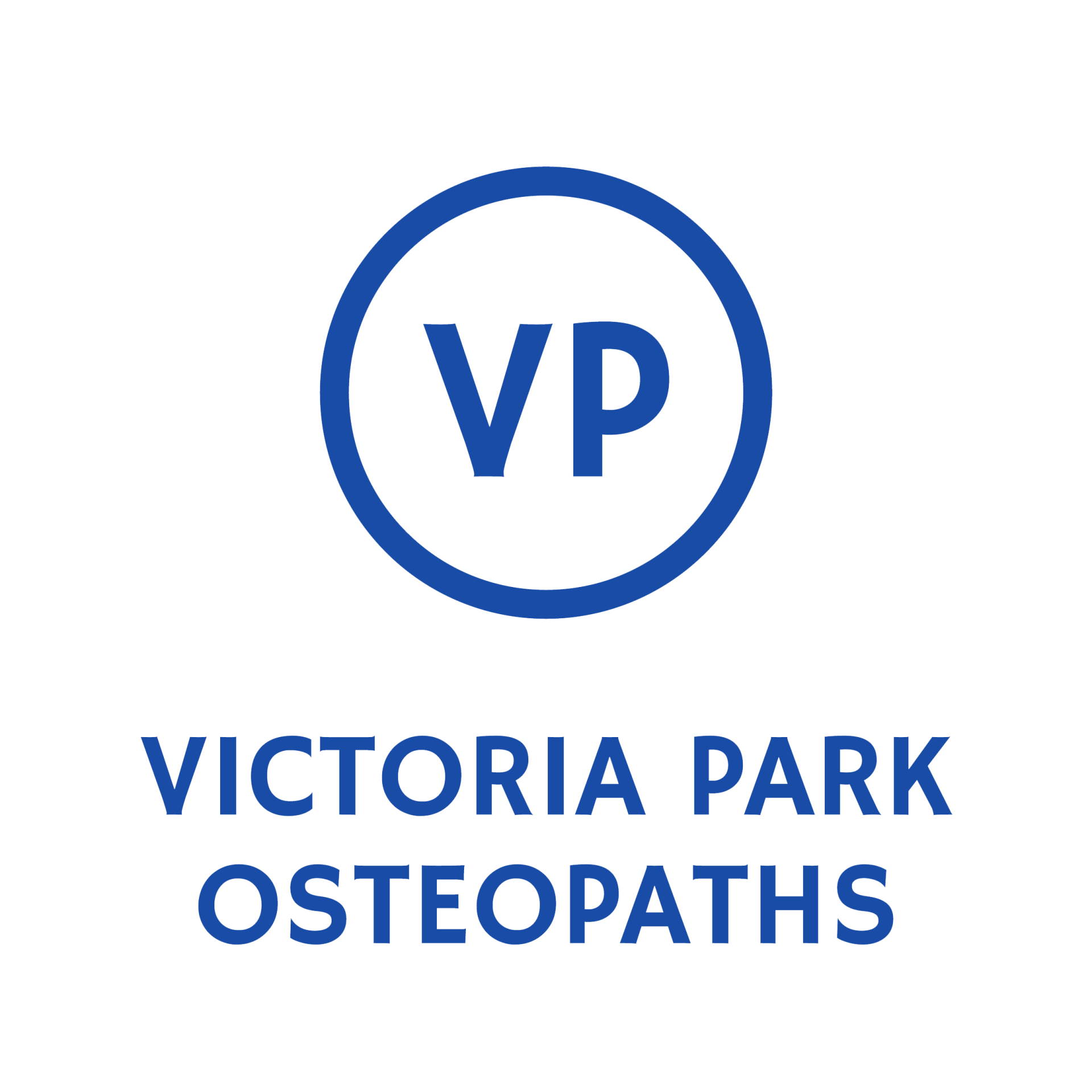What is Pelvic Girdle Pain?
Pelvic girdle pain (PGP) refers to discomfort arising from the joints, ligaments, and muscles around the
pelvis, sacroiliac joints, hips, and lower back. It commonly affects pregnant or postpartum individuals but can occur in anyone with pelvic imbalance or instability.
Symptoms & What You May Experience
- Pain in the lower back, buttocks, groin, hips, or pubic bone
- Discomfort when walking, rolling in bed, climbing stairs, or standing on one leg
- Clicking or grinding in the pelvis
- Pain when getting in/out of a car
- Feelings of instability around the pelvis
Symptoms may be one-sided or across the whole pelvic area
What causes Pelvic Girdle Pain?
Contributing factors include:
- Pregnancy-related ligament changes and postural adaptation
- Pelvic asymmetry or sacroiliac dysfunction
- Weak glutes, core, or pelvic floor
- Lower back issues
- Previous injury to hips or pelvis
- Repetitive strain or poor movement habits
How We Help (At Victoria Park Osteopaths)
Treatment focuses on alignment, support, and pain relief:
- Gentle joint mobilisation for sacroiliac joints, hips, and lumbar spine
- Soft tissue work to reduce muscle tension
- Pelvic floor, glute, and core strengthening
- Postural and movement advice
- Supportive belts or taping techniques if needed
- Pregnancy-safe treatment if applicable
Recovery Time & What to Expect
- Pregnancy-related cases often improve within weeks/months postnatally
- Non-pregnancy PGP may resolve in 4–12 weeks with treatment
- Strength and movement re-education are key to long-term results
When to Seek Medical Review / Red Flags
- Severe pain with weight-bearing
- Numbness, tingling, or leg weakness
- Fever, trauma, or suspected pubic symphysis separation
- Pain not improving despite treatment


